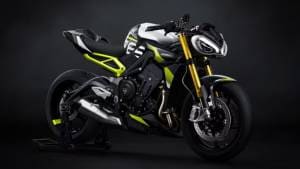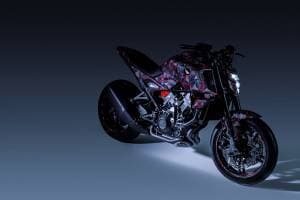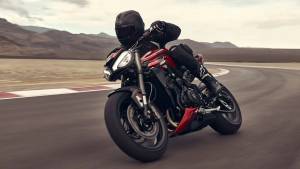2023 Triumph Street Triple R review - Sweeter than ever!
In the world of street nakeds, the Street Triple holds a very special place. It's agile handling, fruity engine, compact dimensions and easy ergonomics make it one of the friendliest fast bikes you can spend your money on and now for 2023, there is a new Street Triple line-up.
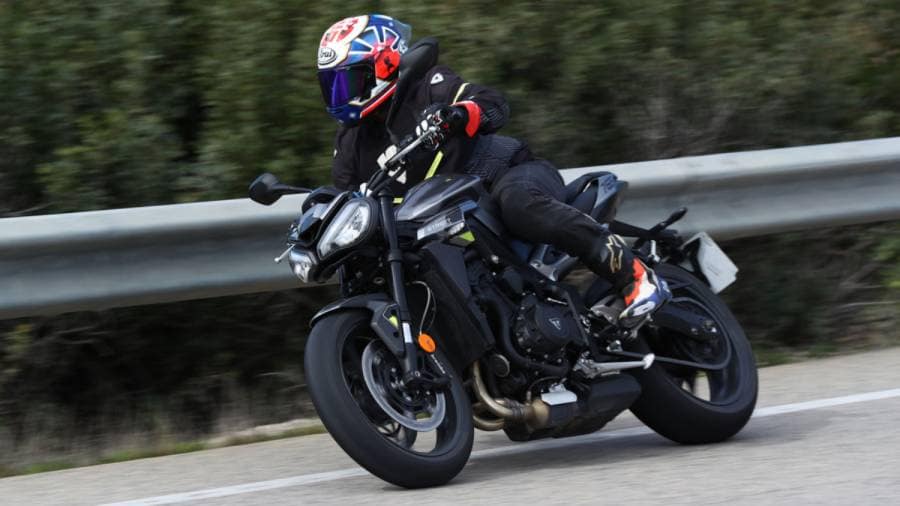
As before, there are the R and RS models to choose from. While India was one of the few markets where the S variant was deleted from the line-up, it has now been given the boot altogether with this fourth-generation model. Its spot is filled in by the Trident, which also brings back fond memories of the Street Triple 675 - but in comparison, the new Street Triples are meaner, quicker and more powerful. Like the last generation, the Street Triple R is yet again the variant that most will choose from this model line and in terms of performance it now sits much higher than the Trident to justify an upgrade and the price difference.
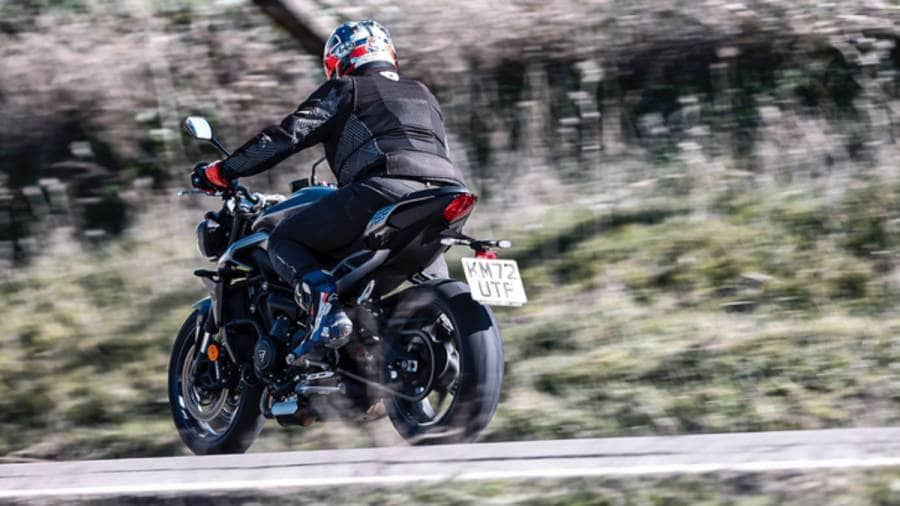
Design
The fourth-generation Street Triple isn't an all-new bike but there are so many changes that it qualifies as one. The stance is more aggressive and while it's instantly recognisable as a Street Triple with its bug-eyes and skinny silhouette, the new model can be identified with its leaner and more angular bodywork that sits closer to the tank and mimics some effects of a side fairing.
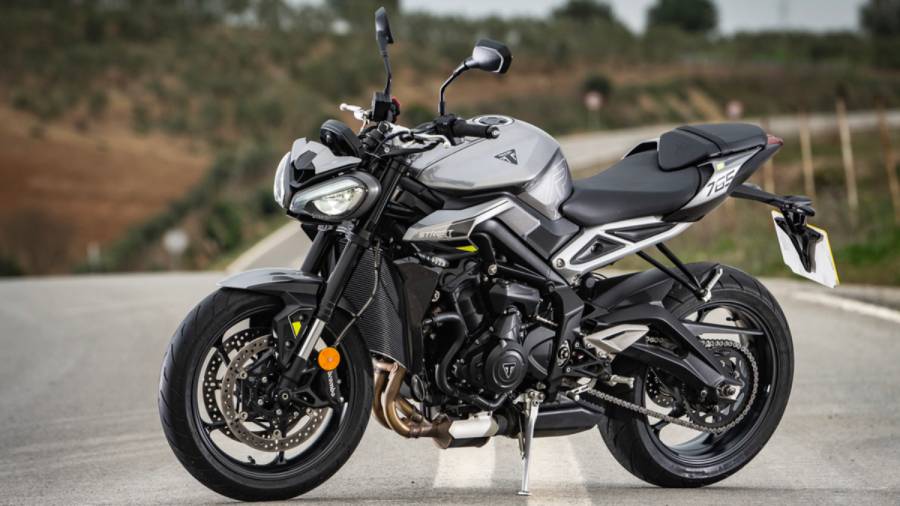
The fascia now has a sleek tiara in place of the previous model's crown - though you can still opt for the latter from the accessories catalogue that comprises some 50 parts. The tail looks sleeker than before and while the headlight design remains unchanged, the taillight has a more sophisticated lighting signature.
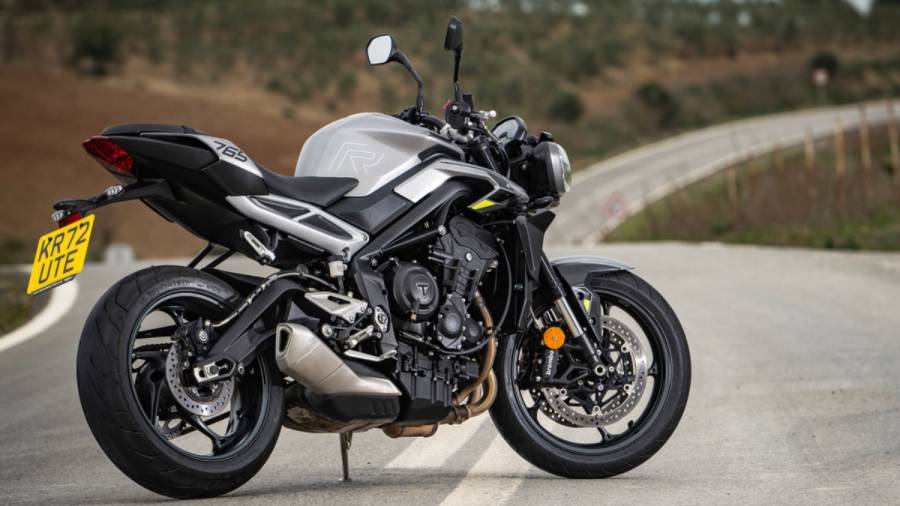
There are new colour ways to choose from too - a grey and a white - as the racier colours are saved for the RS. On the R, I would choose the new gloss grey - but we have seen Triumph's glossy paint jobs lose their sheen quickly in our dusty conditions so it will be interesting to see how this one ages compared to my favourite matte grey from the outgoing model.
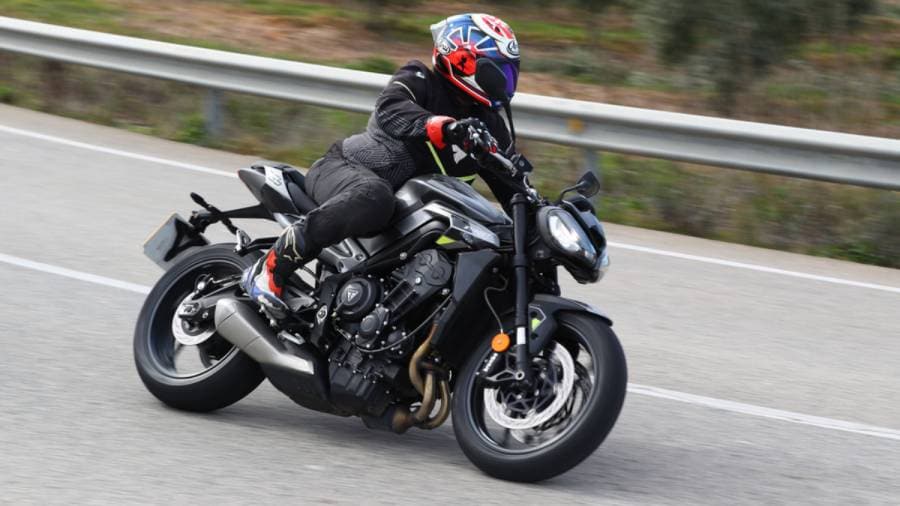
Chassis
The chassis is largely similar to the outgoing model but employs a more aggressive rake angle (23.2 degrees versus the previous 23.5) and a shorter wheelbase (-3mm) than before. To go with the compact dimensions, the tank is smaller too at 15l (-2l). Its material isn't magnet-friendly and a tank-ring mounted tank bag sits very close to your chest because, unlike the flatter top section of the outgoing model, the new tank has a pronounced dome shape to it. The knee recesses feel as accommodating and ergonomic as the outgoing model, though. Swing a leg on the bike and it immediately feels more compact between the legs than before without losing the big bike feel. The standard 826mm seat height feels easy for my height of 5'8, but there is a low seat option available too which drops the ride height by a further 28mm.
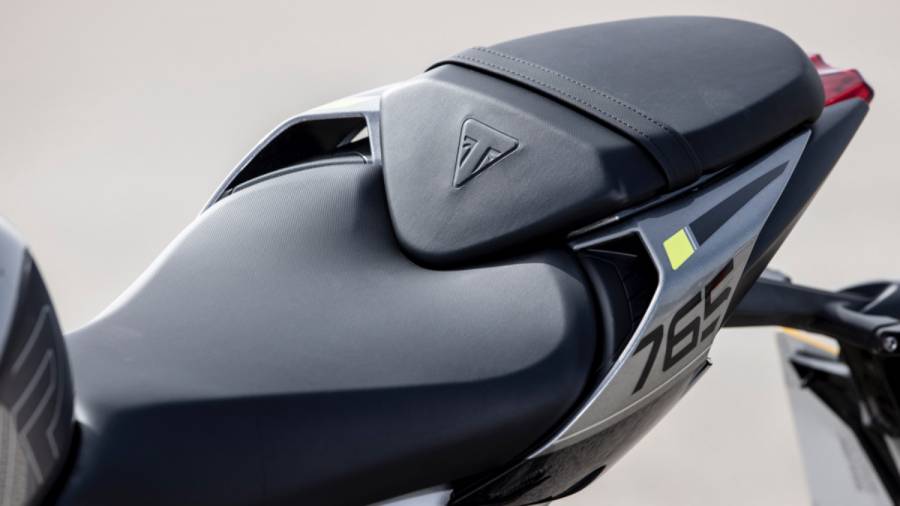
Ride the previous Striple and the new one back to back and you may realise that the latter feels a bit more agile - so be it the narrow lanes, B-roads or the twisties of your favourite mountain road, you will always park the bike grinning. It's easy to manoeuvre in tight spaces, u-turns are as breezy as before if not better, and you will be astonished at how much more leverage a slightly wider handlebar (+12mm) can offer! The Striple remains one of the easiest middleweight bikes to ride in the city and on the highway and but the shorter crown doesn't offer much wind or weather protection. The weather in Spain was chilly during our ride so the engine only felt comfortably warm and cosy even in slow-moving conditions - but is likely to turn up the heat in the Indian traffic and your thighs will continue to feel the brunt of it.
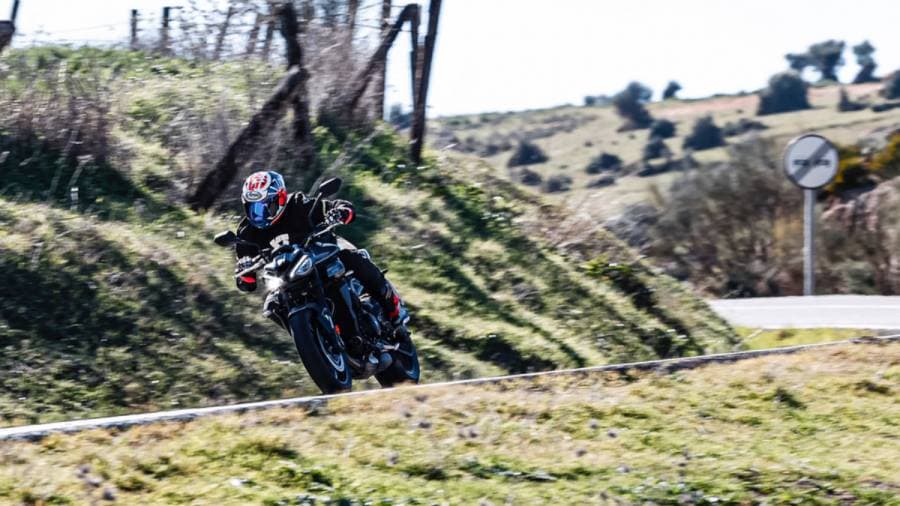
Engine
It's still a 765cc triple on paper, but features new intake trumpets and exhaust ports, a completely new combustion chamber and shiny new pistons which make for a higher compression ratio and cylinder pressure, making it thirsty for premium fuel. The ethanol blend may not work too well for the intended performance of the bike and therefore you are better off with at least 95 octane fuel.
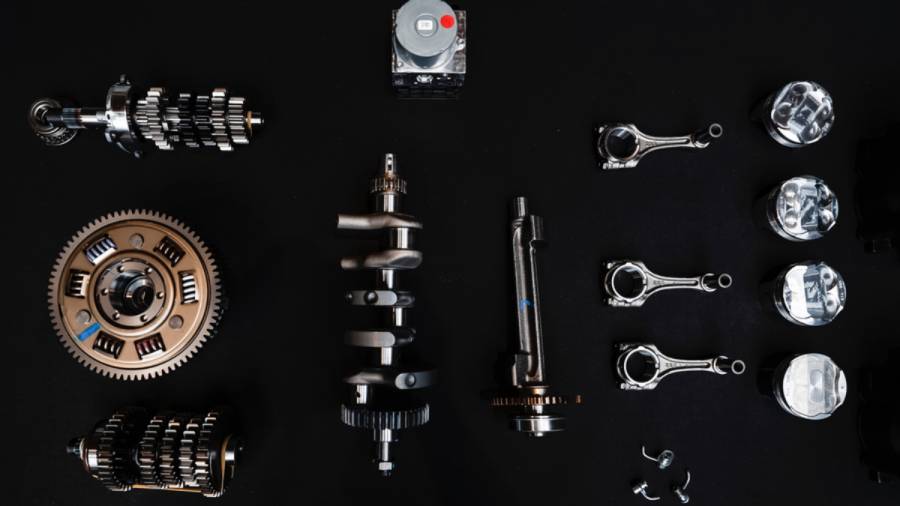
There's also a freer flowing exhaust system which employs a single catalytic converter instead of two like most new engines (including Triumph's other models). The result though is that the entire exhaust system is one single unit comprising the header pipes, the collection chamber and the tailpipe. Therefore, you will not be able to add a slip-on canister like the outgoing model's Arrow option and will need to look for a full system for any performance or aural gains. The stock system is quite vocal though with a throaty note through the rev range and an angry purr at idle. Watch our YouTube review to take a listen.
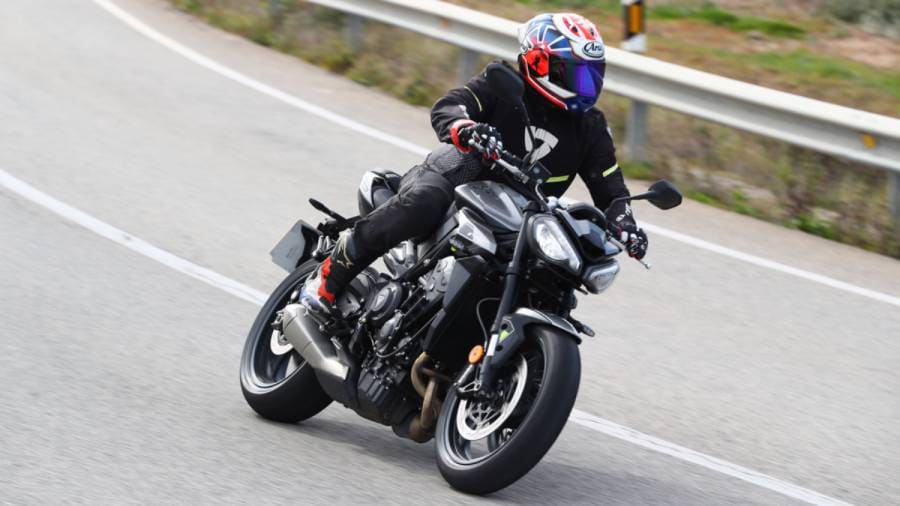
The engine has four riding modes to choose from - Rain (restricts power to 100PS), Road, Sport and Rider (user configurable mode) - and these can be changed on the fly. The console is now a new-age unit like the one on the Tiger Sport 660 and the adjoining cable clutter is better managed too than before making it easy to read the instrumentation. I still wish they had somehow embedded the iconic blue shift lights which are a treat to watch on the older Street Triple or Daytona. The shift light on the R is still pretty readable, but the treatment on the RS just doesn't work for me as you are resorting to changing colours on the TFT to know when to shift.
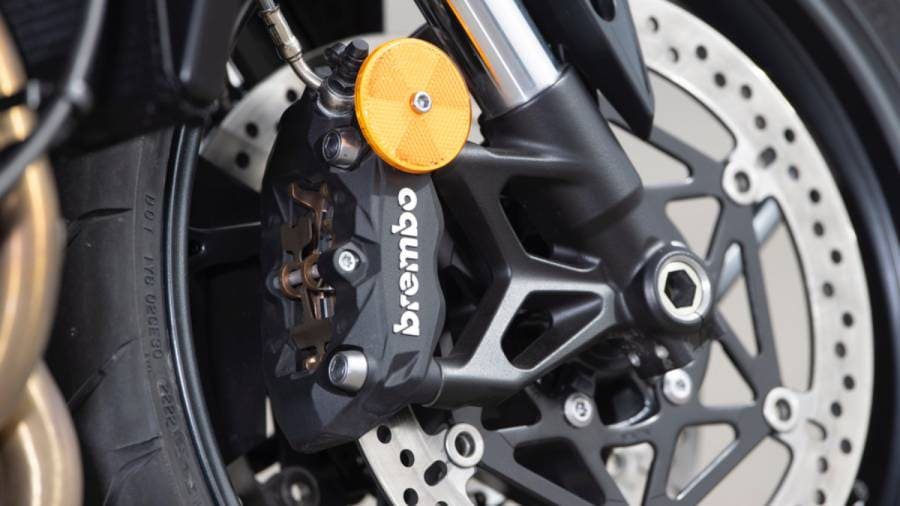
The engine makes 2PS more power now, which would be hard to notice even if you ride the old and new bike back to back. We didn't really have complaints about the previous motor but the new one edges ahead with a crisper throttle response. That said, it still doesn't feel as crisp as the RS even in the Sport mode. A 10PS difference may not feel like much between the two, especially since both bikes produce the same torque - but the R feels a bit more restrained and artificially at that. I love the refinement of the engine though. I had noticed a buzzy performance from the previous motor past the 9,000rpm mark (maybe the fuel quality is to blame), but that seems to have been ironed out on the new one.
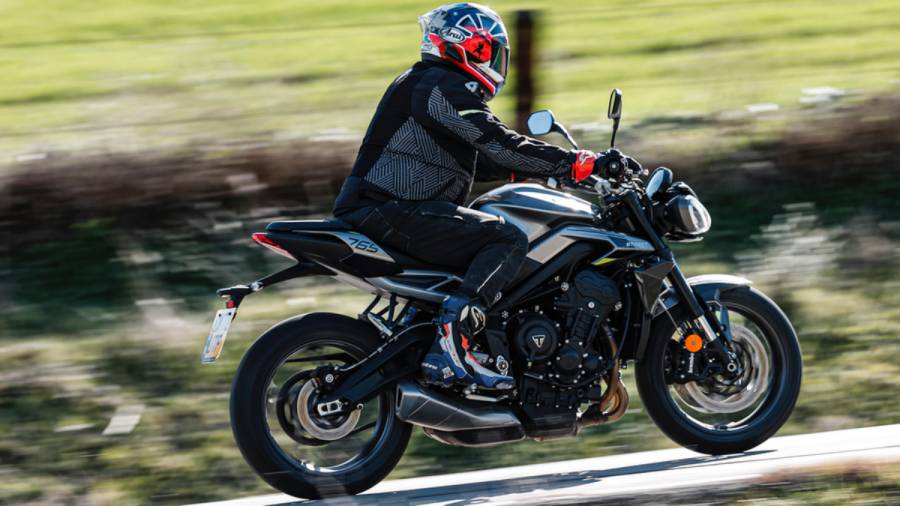
The red line is still the same at 12,650rpm, but the mid-range pull is now marginally better than before. There is also less intrusion from the electronics, thanks to a new IMU-aided traction control system which isn't as paranoid or intrusive as before even on damp roads. The Pirelli Rossi 3 tyres of the previous Striple R have made way for Continental ContiRoad tyres which feel equally sticky on the road, don't summon the electronics often and have a tread pattern with pronounced gutters that are likely to work a little bit better in the rain than the Rosso 3.
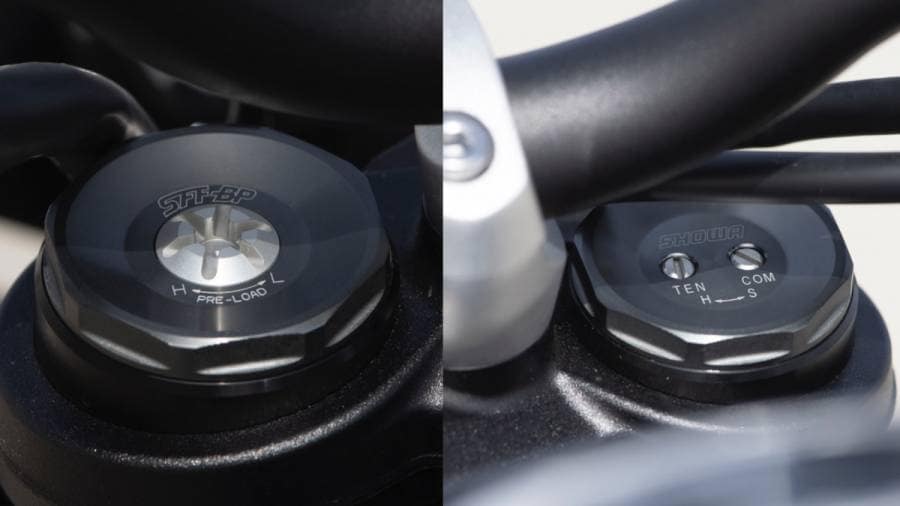
The suspension hardware is more or less similar to the outgoing model, meaning you get Showa's 41mm Big Piston Separate Function Forks (SFF-BP) that are individually adjustable for rebound and damping using the speciality tool provided by Triumph. You only have to bring the tuning skills along. The rear mono-shock is fully adjustable too. The suspension formula hasn't been played around with too much because it continues to offer a good balance between a supple ride and confident handling dynamics - so when fix it if it ain't broke?
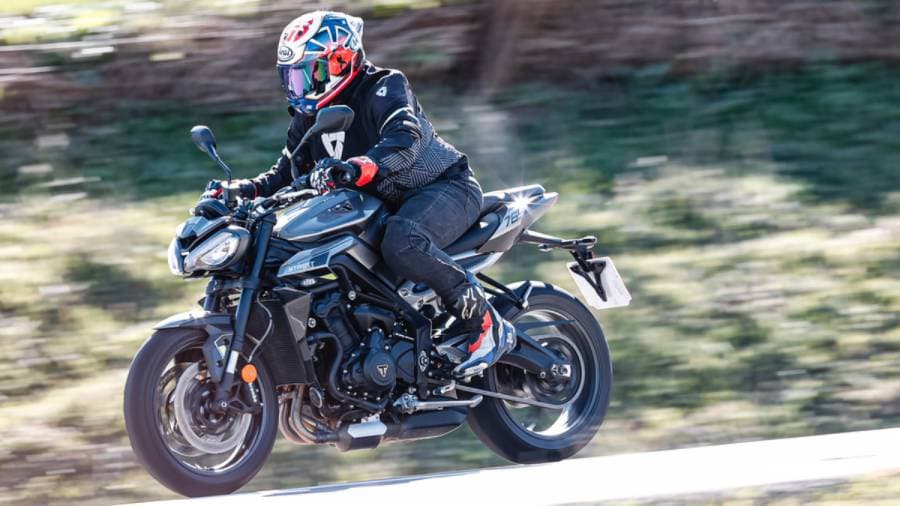
The braking hardware remains unchanged too. I've always appreciated the progressive feel of the Brembo M4.32 callipers on the previous model when it came to road use and the new Street Triple amps up the safety by adding a combined braking system to it. The C-ABS system analyses the force you apply at the front lever and automatically applies a bit of the rear brakes to maintain balance and composure. So even if your suspension is set up to a softer setting, there isn't a pronounced nose dive to complain about.
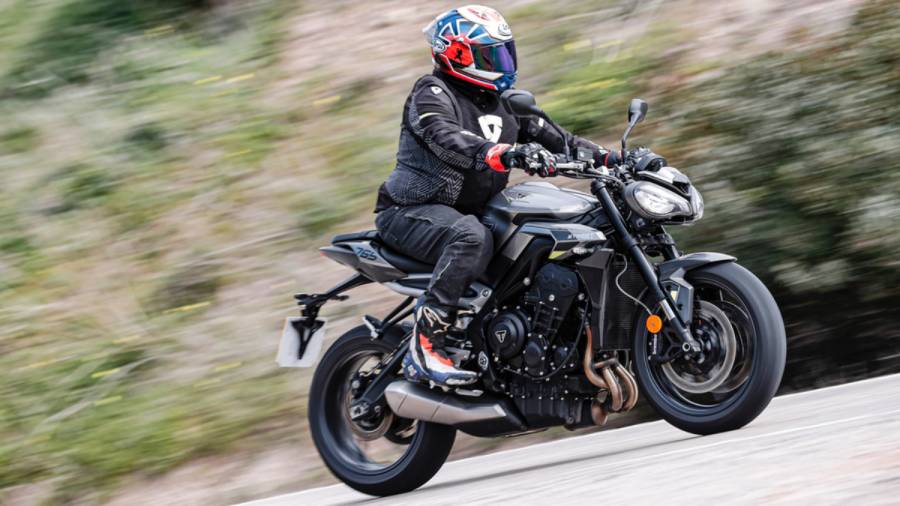
Verdict
It may look very aggressive on the outside, but the Street Triple R is still the friendly middleweight runabout that we have loved over the years. By becoming more powerful and safer than before, the Street Triple R not only poses a threat to its more premium counterparts from Germany, Italy and Austria, but it also provides more bang for the buck than its Japanese competition.
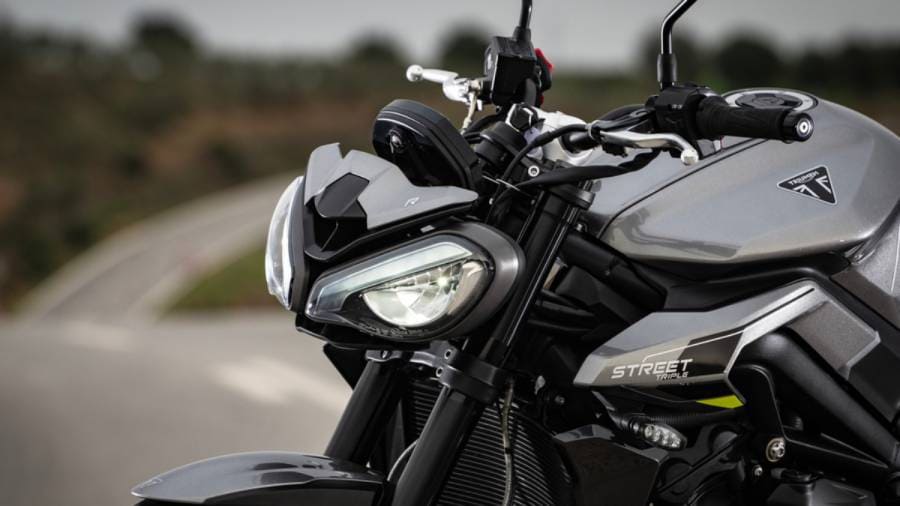
The upgrades are incremental, much like a flagship smartphone that comes out every year - but even if they seem like small changes on paper, you know you still want it because it is the sweeter deal. From that perspective, the new Street Triple remains one of the most value-for-money middleweight motorcycles out there and could be all the street naked you may ever need.
Unless of course, you want to visit the racetrack often. In that case, it's the new Street Triple RS that could pique your interest. That is another story in itself and you can read about it in the adjoining pages.
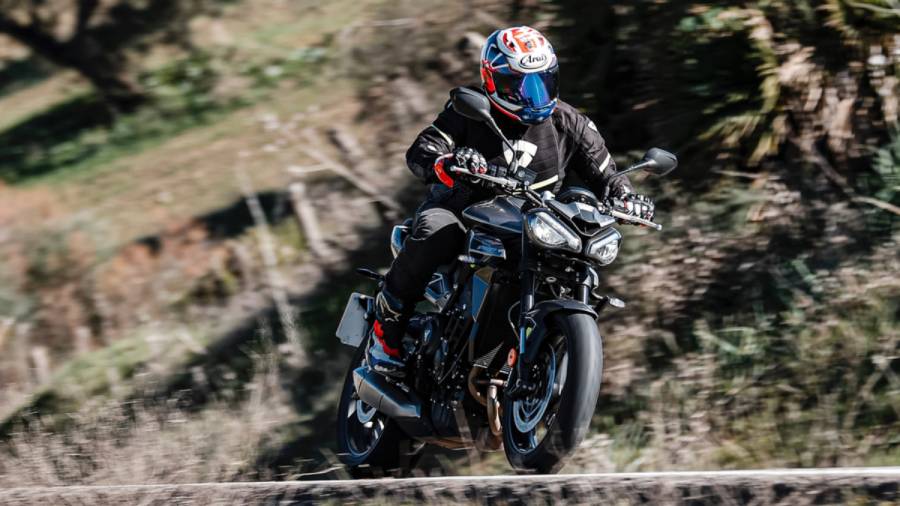
Words Rohit Paradkar
Starts Rs 8,84,000
765cc
6-Speed
118.00
79.00
-NA-
